

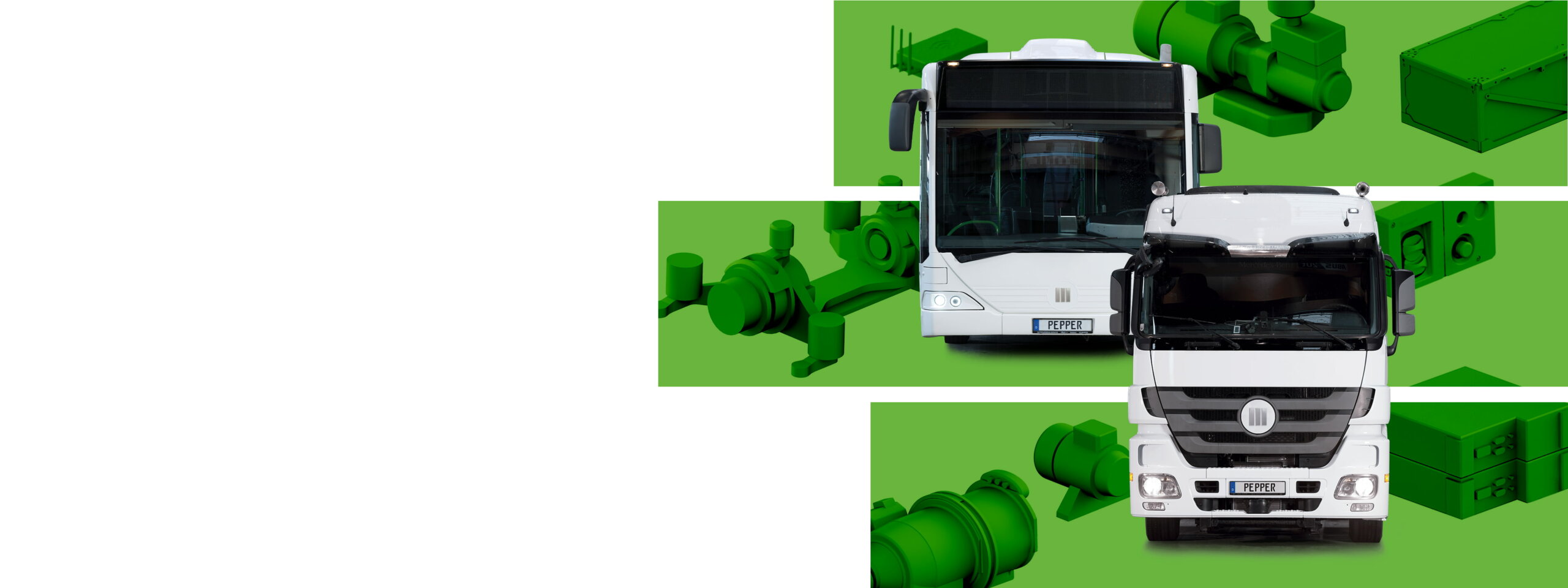
We are developing electric drive systems for buses, trucks, and special vehicles. Our award-winning solutions enable your fleet to enter the world of electromobility. Battery-electric and hydrogen.
Economical, timely, sustainable.

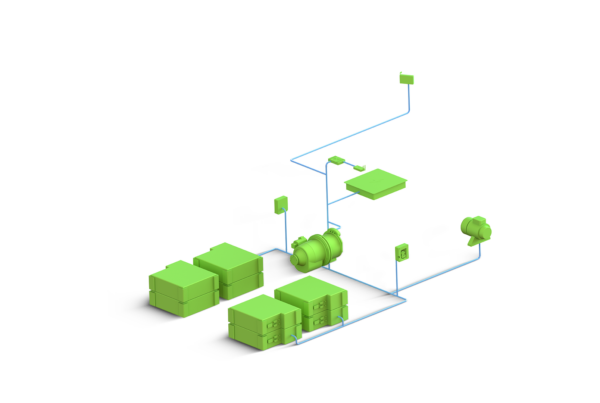
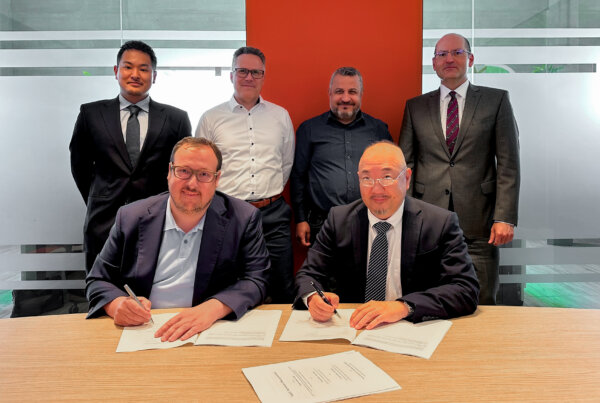

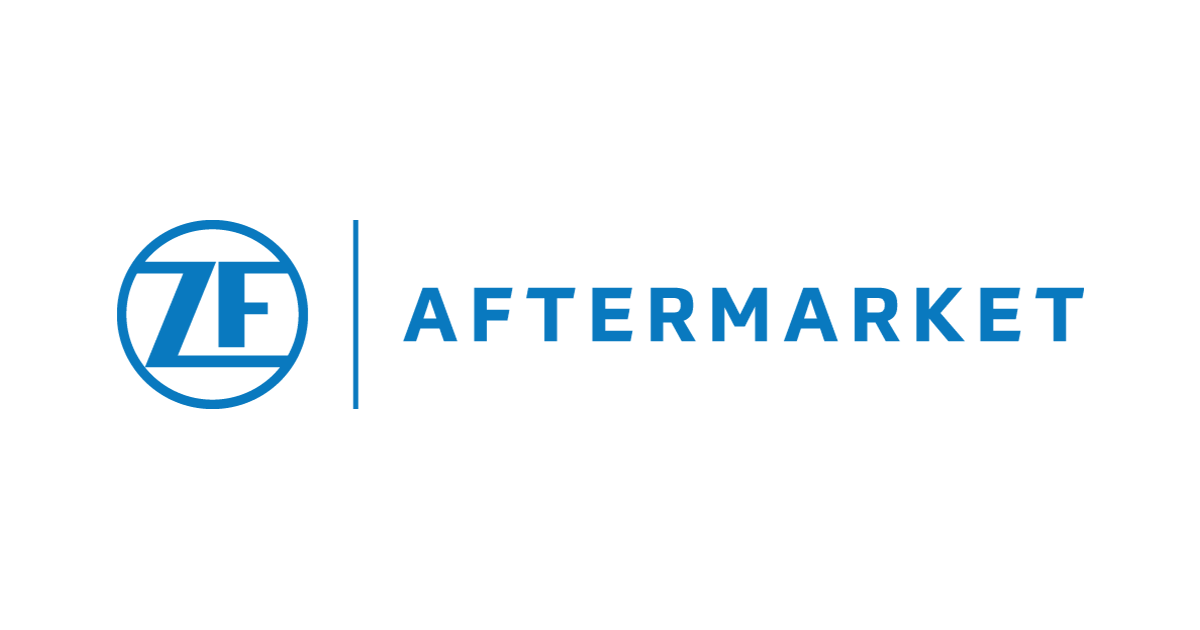
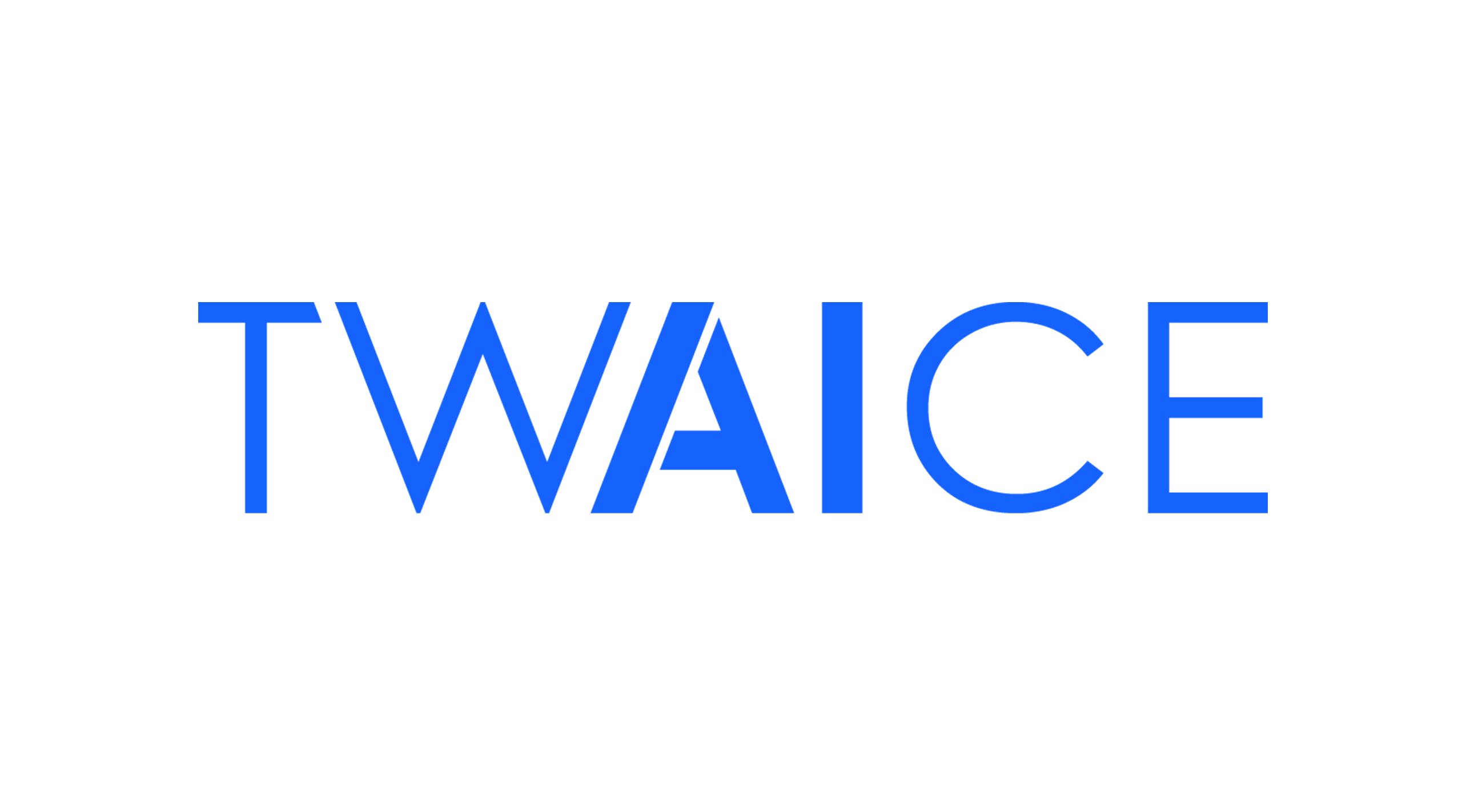
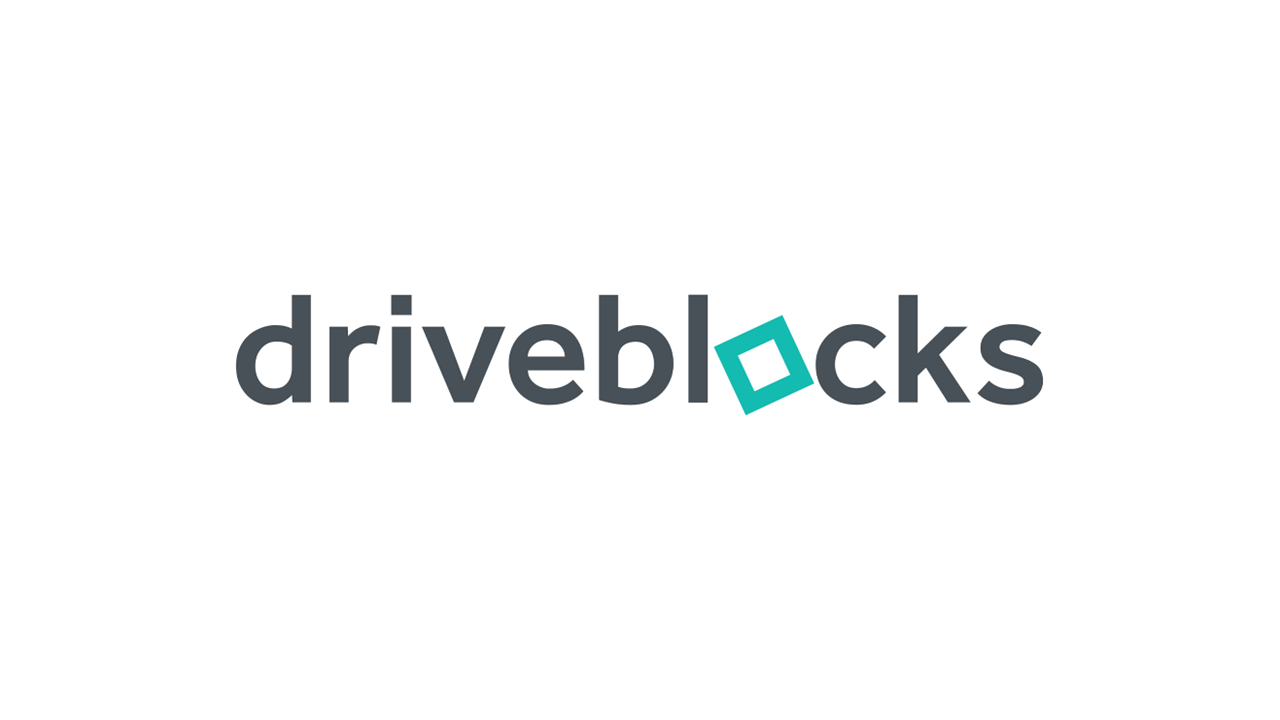


Send us your non-binding enquiry and we will be happy to advise you on everything from repowering to charging management.